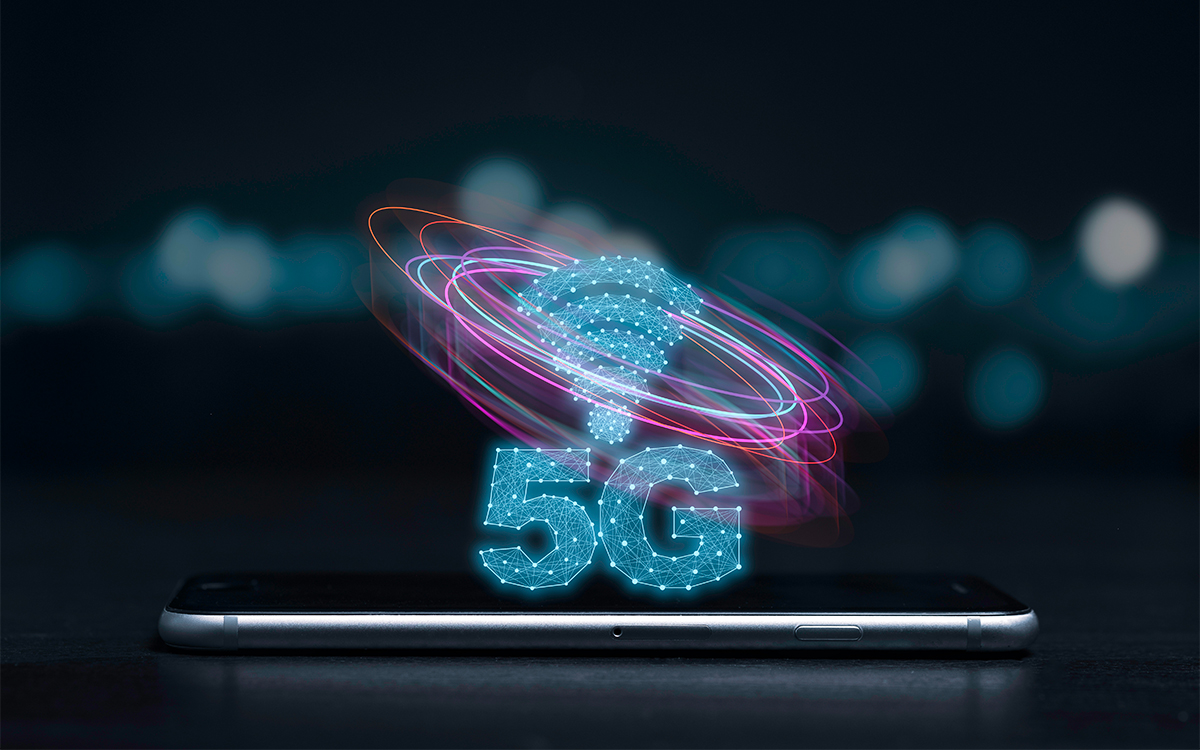With the imminent end of Bolloré Télécoms, the billionaire’s unsuccessful attempt in the sector, frequencies previously occupied for WiMax will be available again. Enough to arouse the keen interest of operators who will see it as an opportunity to obtain more 5G frequencies.
Does Bolloré Télécoms mean anything to you? In 2005, billionaire Vincent Bolloré is in turn attempting a foray into the telecoms sector. To guarantee its success, the industry is banking everything on WiMaxa new technology intended to revolutionize mobile Internet and supplant Wi-Fi. It must be said that the standard was promising, with speeds significantly higher than those offered by 3G and ADSL.
In 2009, Bolloré Télécoms was at the head of 20 regional licenses (10 more later), and Free had positioned itself as the sole access provider. But the sauce never really took hold. The fault in particular lies with Intel. In fact, the company was committed to making all of its microprocessors for smartphones and laptop PCs compatible with WiMax. A promise ultimately broken.
WiMax, Vincent Bolloré’s false good idea
While Bolloré Télécoms hoped to massively impose WiMax, the technology became a minority, exploited by only 21,000 individual customers and 1,500 professionals (notably ports and airports) at the end of 2010. As our colleagues from l’Informed point out, the deployments were fatally delayed, to such an extent that Arcep was forced to call the company back to the order.
To restart the machine, Bolloré Télécoms tried to use WiMax frequencies to make 4G, then 5G. But problem, its licenses prevent any use in mobility. As a result, the company’s turnover fell between 2011 and 2022, going from 2.36 million euros to 147,000 €… Enough to announce the imminent death of the company.
Unoccupied frequencies that will soon be coveted by operators
From what we knew, Bolloré Télécoms still remained in control of the allocated frequencies until 2026, but according to ARCEP, the billionaire chose to speed things up. Indeed, the media mogul returned all of his frequencies. Located in the 3.4-3.8 GHz band, these frequencies should arouse keen interest for Orange, Free, SFR and Bouygues Telecom. For good reason, they are very close on the spectrum to those used for the deployment of 5G.
For operators, this is an additional opportunity to increase their 5G frequencies. Concretely, 90 MHz is now unoccupied. We contacted ARCEP for further information on the subject. According to the institution, the 3410-3490 MHz band will be available throughout mainland France from July 25, 2026. Concerning the allocation of new frequencies and the implementation of new auctions, ARCEP confirmed to us that it was not yet “possible to answer this question at this stage“.
